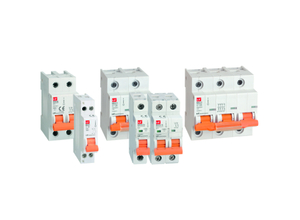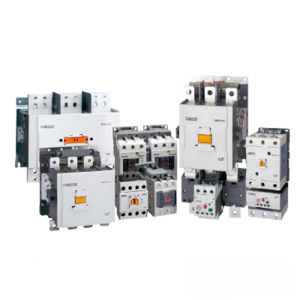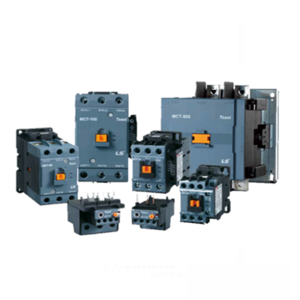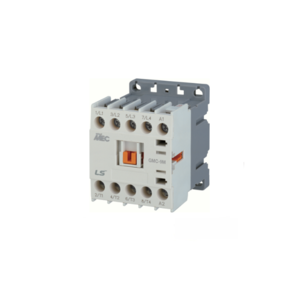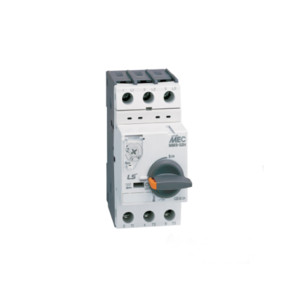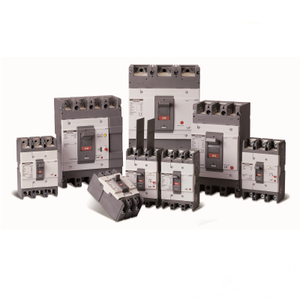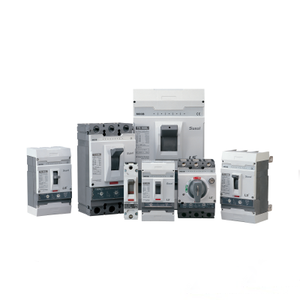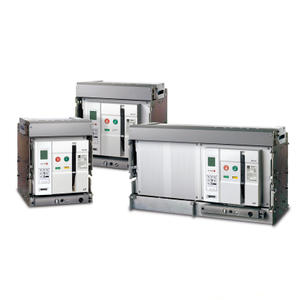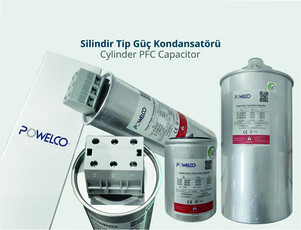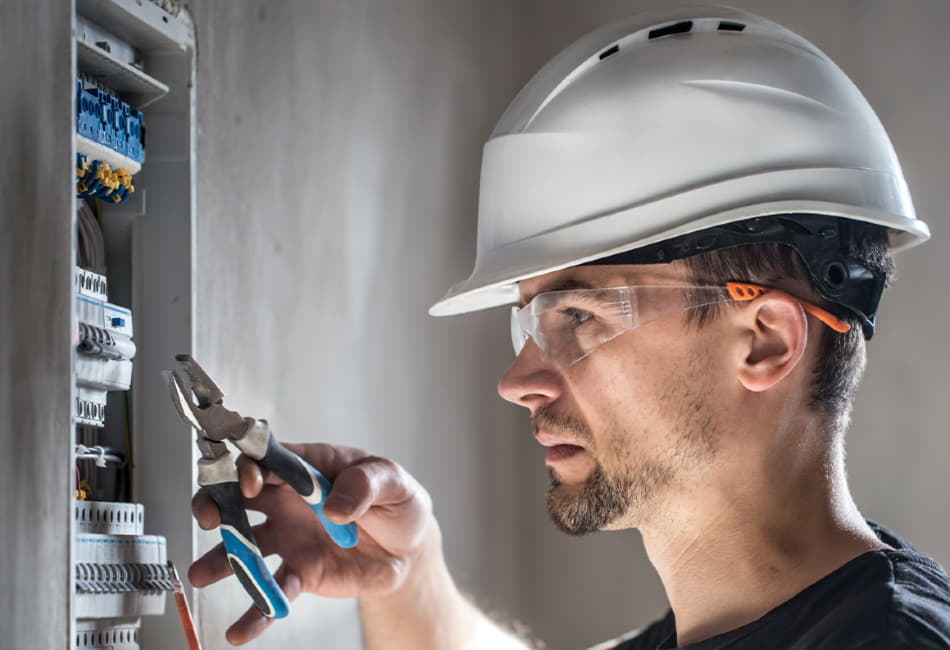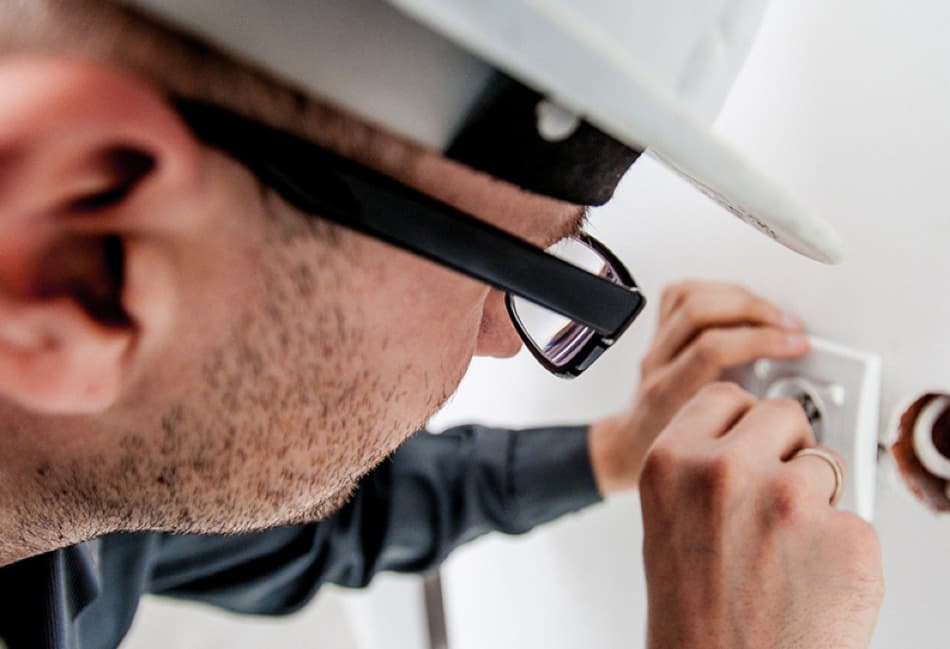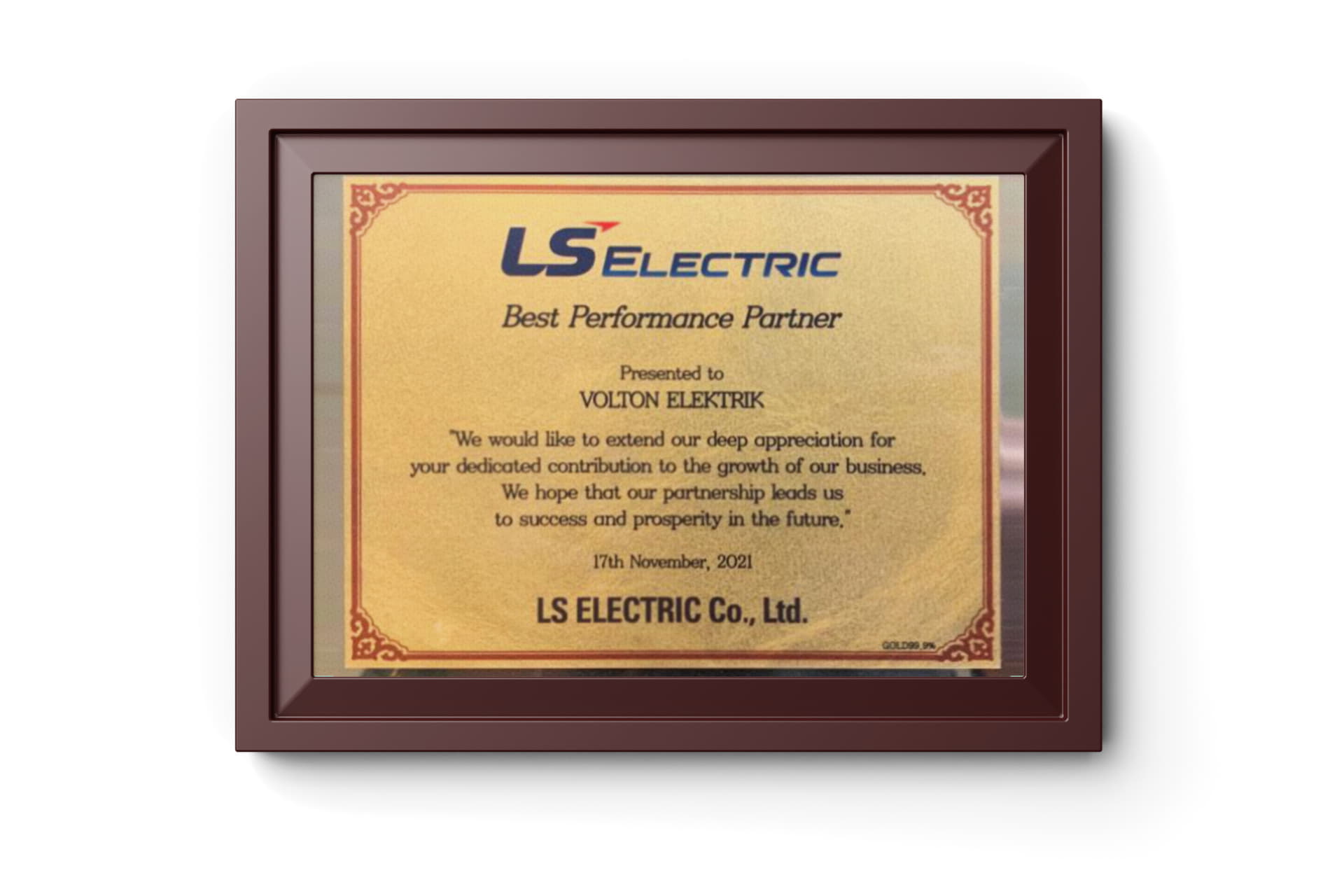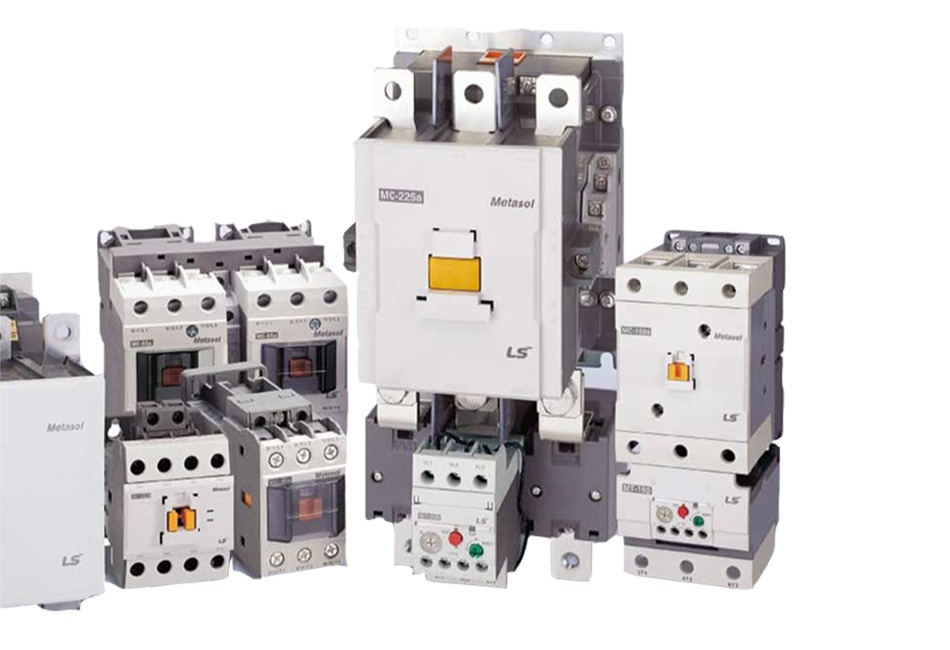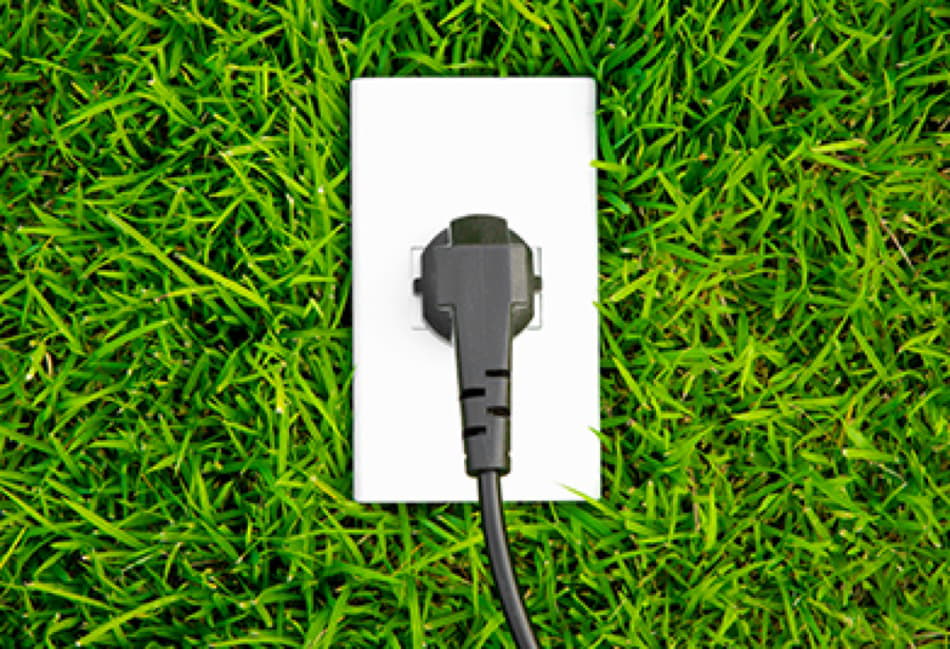Six Common Footprint Sizes of Relays Include:
Mini ISO relays have an industry standard footprint and are used in many vehicle electrical systems such as lighting, starting, horn, heating and cooling. A general purpose relay that fits the needs of its application. Micro relays with a micro size plug-in design for use in the automotive industry and connected to a standard model for electrical terminals. Micro relays are used in a wide variety of vehicles to perform switching operations and allow rated switching currents of up to 35 amps. Maxi relays, sometimes referred to as power mini relays, are typically rated at 80 amps and have a heavy-duty contact design for extended use. They are ideal for applications such as blower fans, car alarms, cooling fans, energy management, engine control and fuel pumps. The ISO 280 Mini, Micro and Ultra relays are a smaller and more compact version of a standard Mini ISO relay example. The relays mentioned above provide roughly equivalent levels of performance and have an ISO 280 footprint pin size and arrangement. Designed to fit typical ATM fuse boxes, power distribution units, and arresters.
Solenoids
Solenoids handle heavier current (typically between 85-200 amps). It is a type of relay designed for remote switching. Unlike smaller electromechanical cube relays, a coil is used to create a magnetic field when electricity is passed through it, effectively opening or closing the circuit. The terms "solenoid" and "relay" are often used interchangeably; However, in the automotive 77007 market, the term solenoid usually refers to a "metal box" type, while a relay typically refers to the standard "cube" style relay. Some common applications for solenoids include vehicle starters, winches, snowplows and electric motors. The primary advantage of solenoids is their ability to use a low input to generate a larger output through the coil, thereby reducing the voltage on the battery.
Contactors
A contactor is the relay to be used when a circuit needs to support an even heavier current load (typically 100-600 amps). With voltage ratings from 12V DC to 1200V DC, the contactors are a cost-effective, safe and lightweight solution for DC high voltage power systems. 77101 Common applications include industrial electric motors used in heavy trucks and equipment, buses, emergency vehicles, electric/hybrid vehicles, boats, light rail, mining and other systems that require a lot of power for a standard relay or solenoid. Contactors typically have an integrated coil economizer to reduce the power required to keep the contacts closed, helping to increase system flexibility and reliability. They are usually available with optional auxiliary contacts.
CHOICE CONSIDERATIONS
In terms of carrying capacity, relays are at the lower end, followed by solenoids and contactors at the highest point. While contactors can handle enough current to help start heavy equipment, they also come with the highest price tag and need the most space, while relays require little space and can be purchased very cheaply. At 85-200 amps, many solenoids tend to fall in the middle of the two, both in terms of carrying capacity and price. When determining which of these three switch products is right for your design, consider the form factor. Typically, larger payload equals larger size, so carefully note the amount of space available to ensure the device you need will fit. If there's a conflict, it's time to rethink your design scheme or downsize the electrical system.
